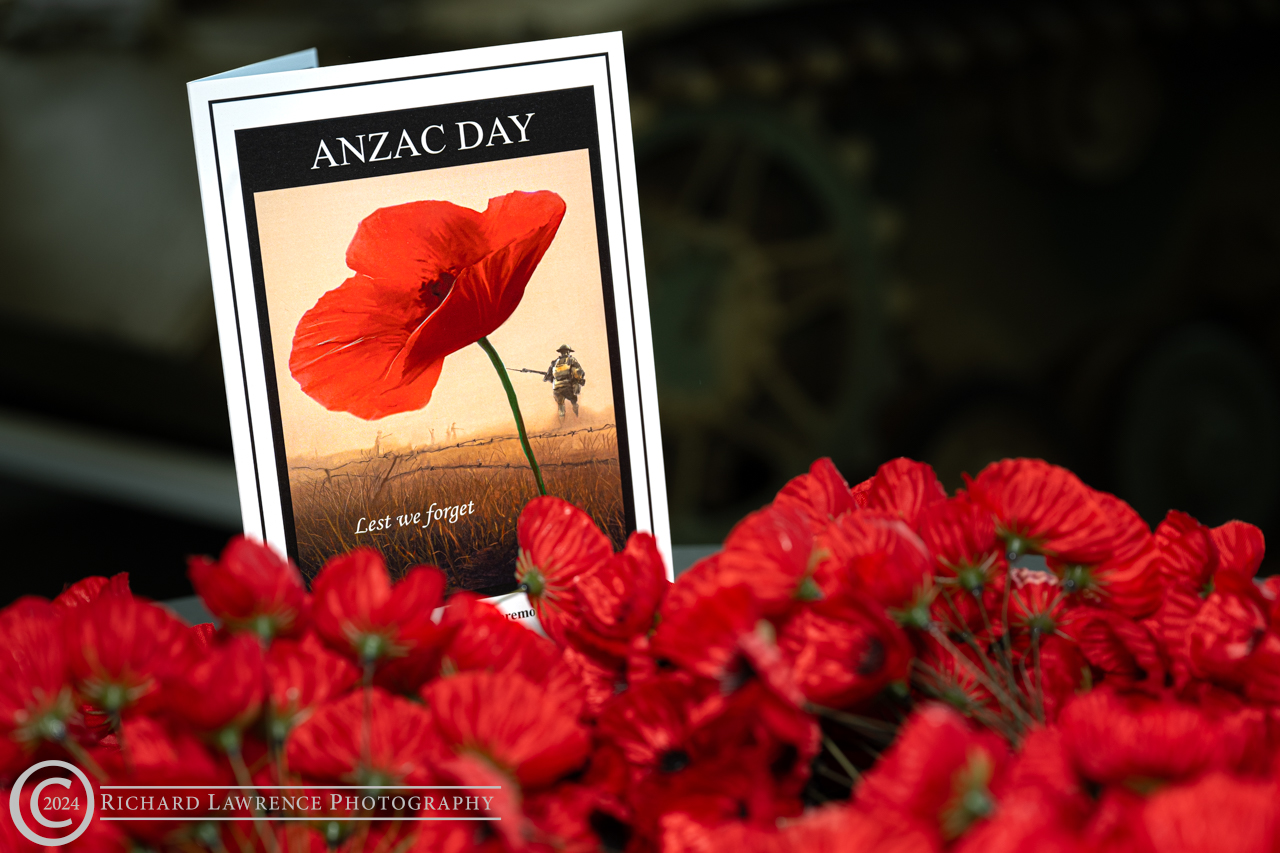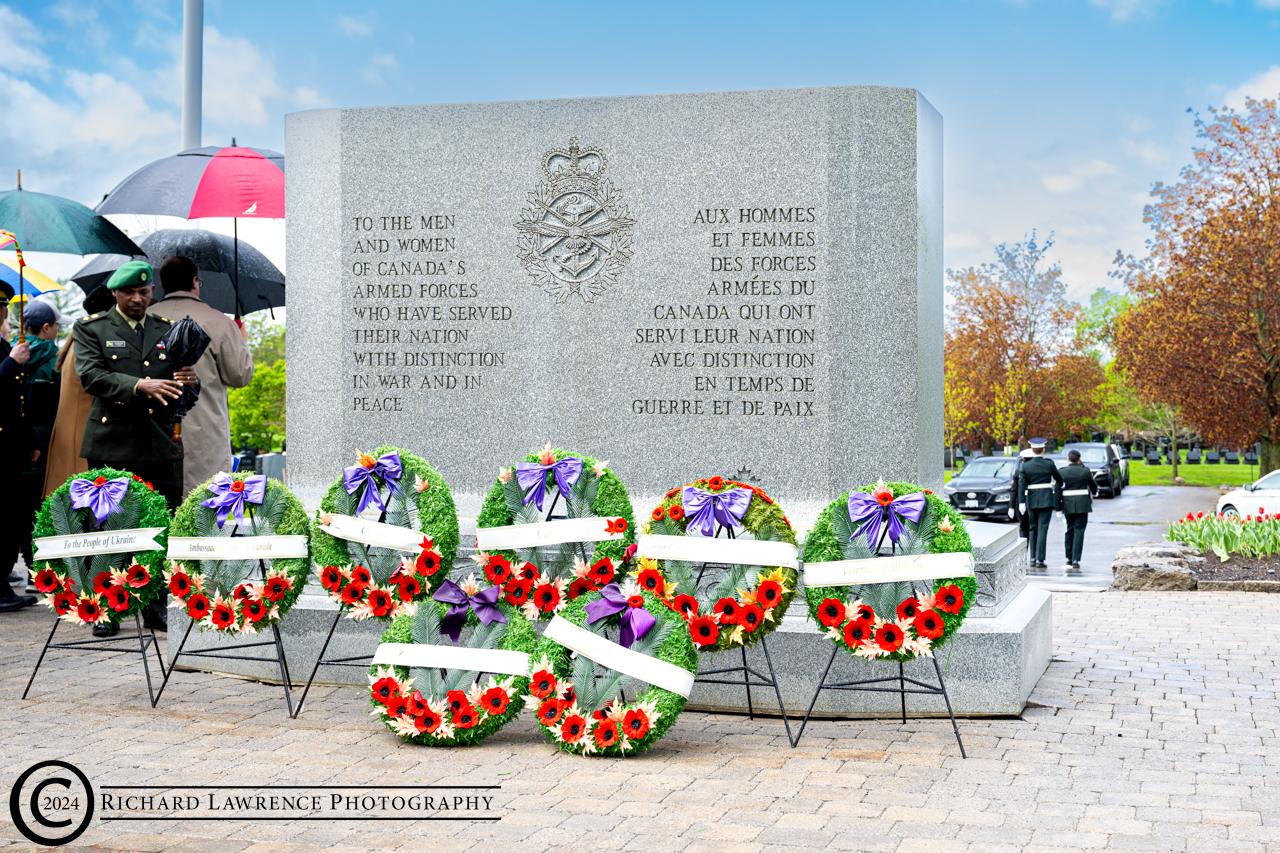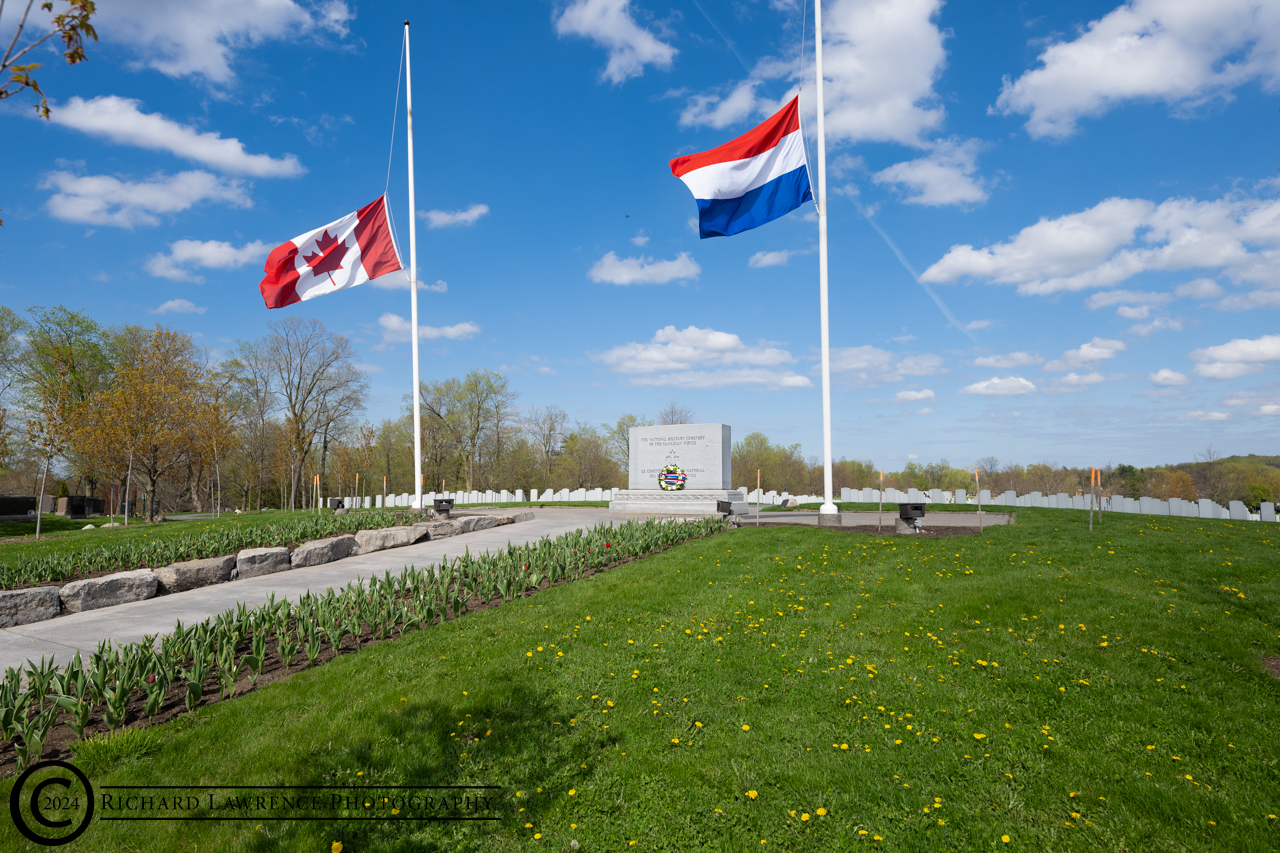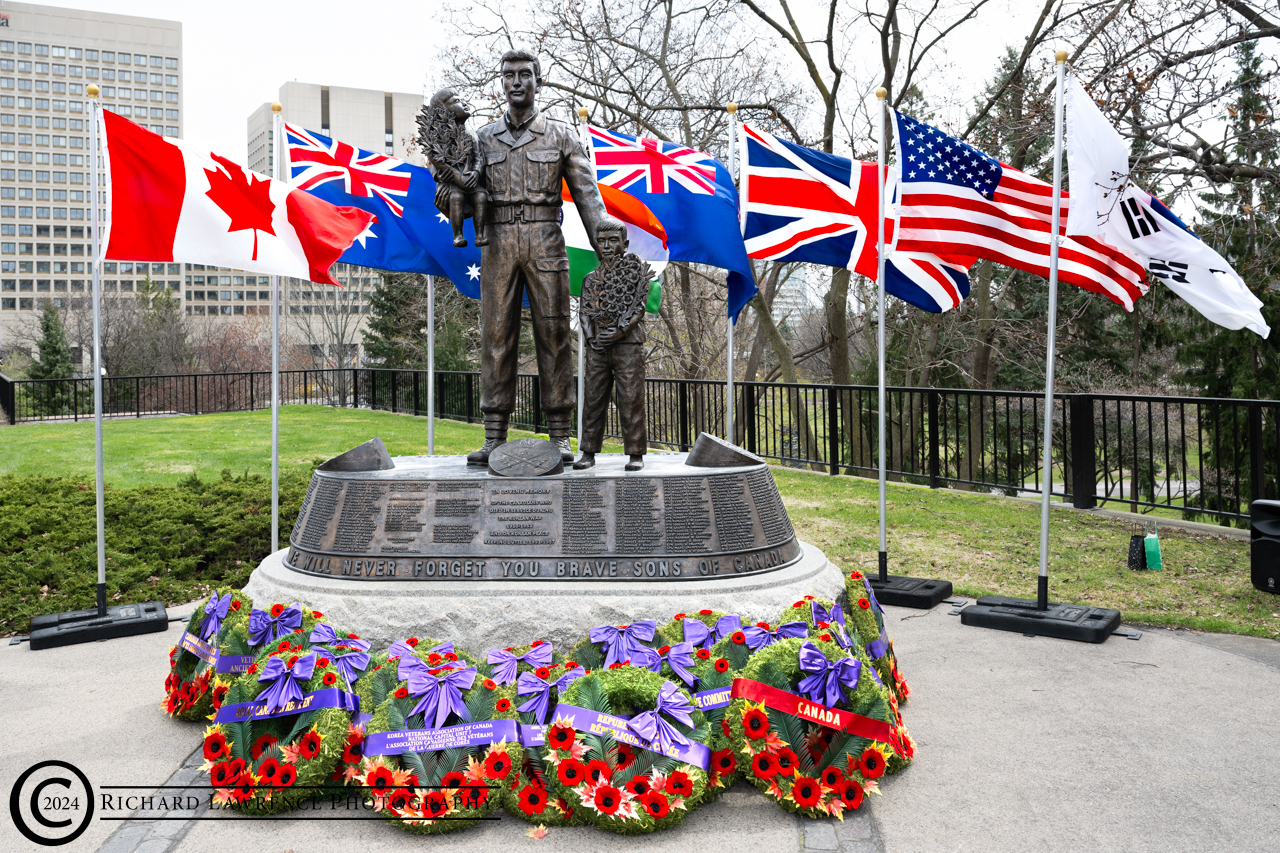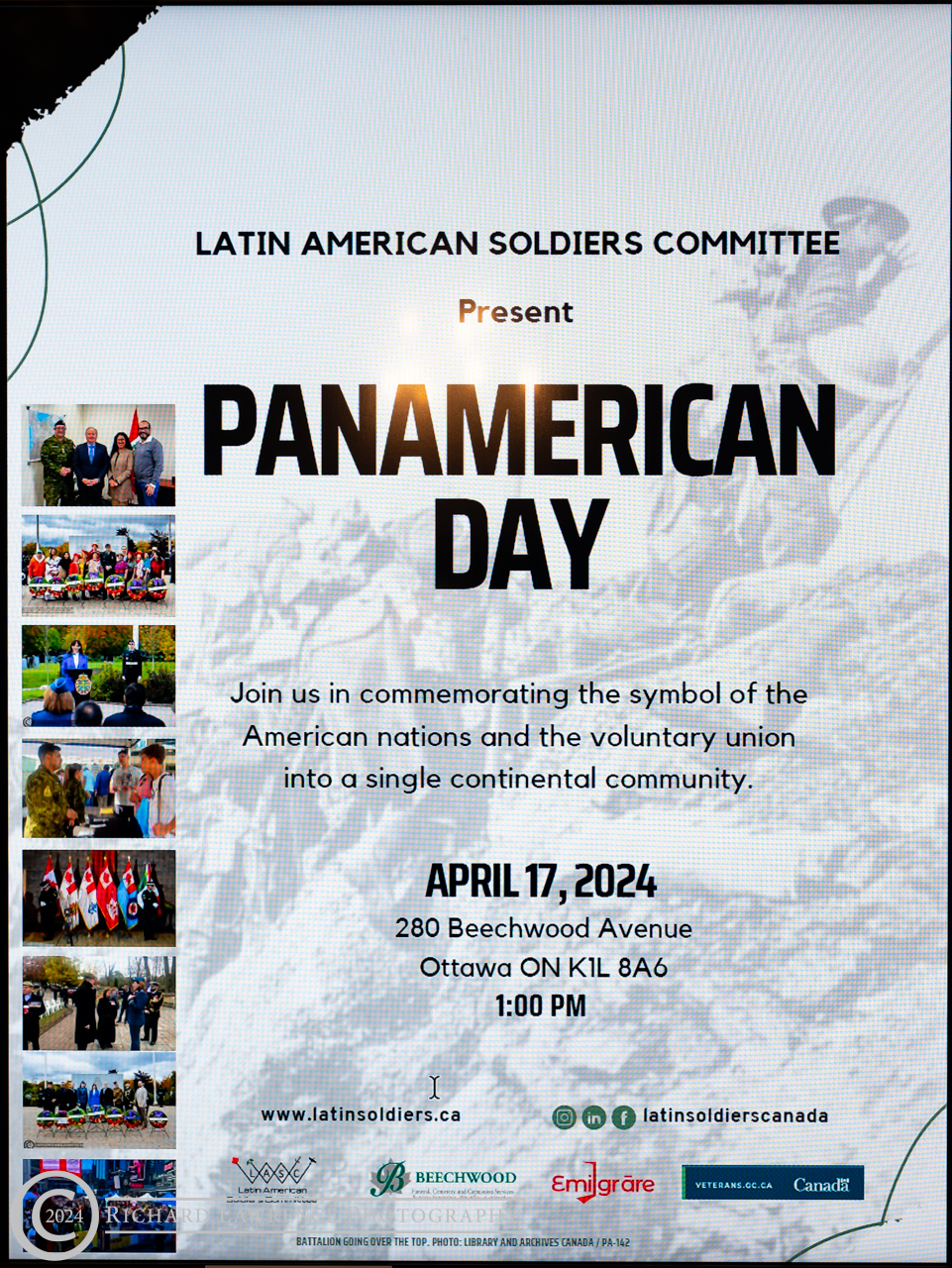To see all the pictures from the 109th ANZAC Day ceremony, CLICK HERE:
On 25th April, 1916, the Australian and New Zealand Army Corps (ANZACs) stormed the beach on the Gallipoli Peninsula to try and take the Dardenelles Strait from the Ottoman forces (now Turkey). It was an eight month long battle which, after the Allies left, accounted for approximately 175,000 Turkish dead and wounded and 190,000 dead and wounded between Australia, New Zealand, the United Kingdom, France, India, and Newfoundland. Some estimates put the numbers as high as 250,000 per side.
Other countries were involved in Gallipoli including the United Kingdom, France, India and Newfoundland in the conflict against the Ottoman Empire (now represented by Turkey). In a spirit unknown in other conflicts, the belligerents, over time, have come to remember together the dead of both sides in a common ceremony and the words of Mustafa Kemal Ataturk’s Tribute to the ANZACs bring comfort to those whose family remained buried in a foreign country,
“You are now lying in the soil of a friendly country. Therefore rest in peace. … your sons are now lying in our bosom and are in peace. After having lost their lives on this land. They have become our sons as well.”
The link to Canada for this remembrance is through the Royal Newfoundland Regiment which served with distinction at Sulva Bay as part of the British 88th Brigade of the 29th Division, landing on the 20th September, 1915, after spending two weeks in Egypt training and a week in transport. They landed 1,076 troops and immediately came under heavy fire and started taking losses. By 30th Sept. they had taken responsibility for mile long stretch of the British line in filthy, overcrowded trenches, which over time, were fronted by hundreds of dead Ottomans and allies who were unable to be buried due to the fighting. In October, the rainy season started leaving the men constantly drenched in hot days that dropped to freezing cold at night. On 26th November, a flood hit Sulva Bay filling the support trenches and firing lines with up to three feet of water which was further compounded by frostbite when a deep freeze followed on.
By 18 December, the evacuation of the peninsula started as it could not be taken from the Ottomans and the RNR provided rearguard support, being among the last to leave on 9th January, 1916. The RNR lost its last man on the 8th January, the day before the evacuation was completed, and was reduced to 17 officers and 470 men. They went to Egypt for two months to recuperate and train before being reassigned to the Somme.
The ceremony this year was held at the Canadian War Museum and was filled to capacity with at least 16 countries laying wreaths as well as at least 11 other organizations laying wreaths as well. The ANZAC Day address was delivered by Her Excellency Cecile Hillyer, New Zealand High Commissioner with the response coming from Gen. Wayne Eyre, CDS of the Canadian Armed Forces. Mustafa Kemal Ataturk’s Memoriam was recited by the Turkish Military Attaché, Col. Hikmet Ünal followed by a reading by the Australian High Commissioner, Scott Ryan. Also on the program was a children’s reading of “In Flanders Fields” and music provided was by the Canadian Military Wives Choir (Ottawa-Uplands) and the Governor-General’s Foot Guard Band.
As is tradition, the country hosting the ceremony (this year it was New Zealand) provides a morning tea reception in the foyer of the Canadian War Museum. This year the treats were ANZAC cookies (gone before I got there as I had to pack up my gear) and lamington cakes (squares of sponge cake covered in chocolate and rolled in desiccated coconut).
